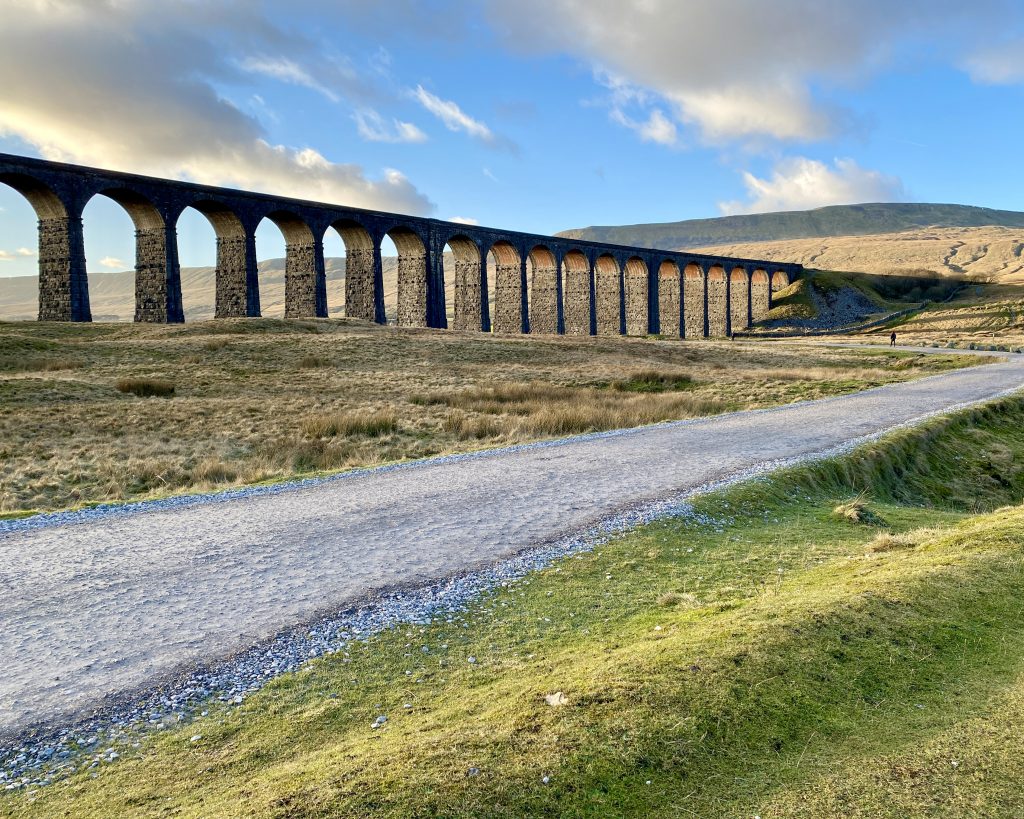North-west from the roadside car park on the B6255 to Ribblehead Viaduct, then north to the aqueduct near Smithy Hill. Further north-west via the Dales High Way and across Craven Wold to Boot of the Wold. South by way of A Pennine Journey all the way to the summit of Whernside before descending the mountain and rejoining the Dales High Way near Bruntscar. Finally north-east via The Scar to a point just before Winterscales Farm, then generally south-east back to the viaduct. A 10-mile walk in the Yorkshire Dales.
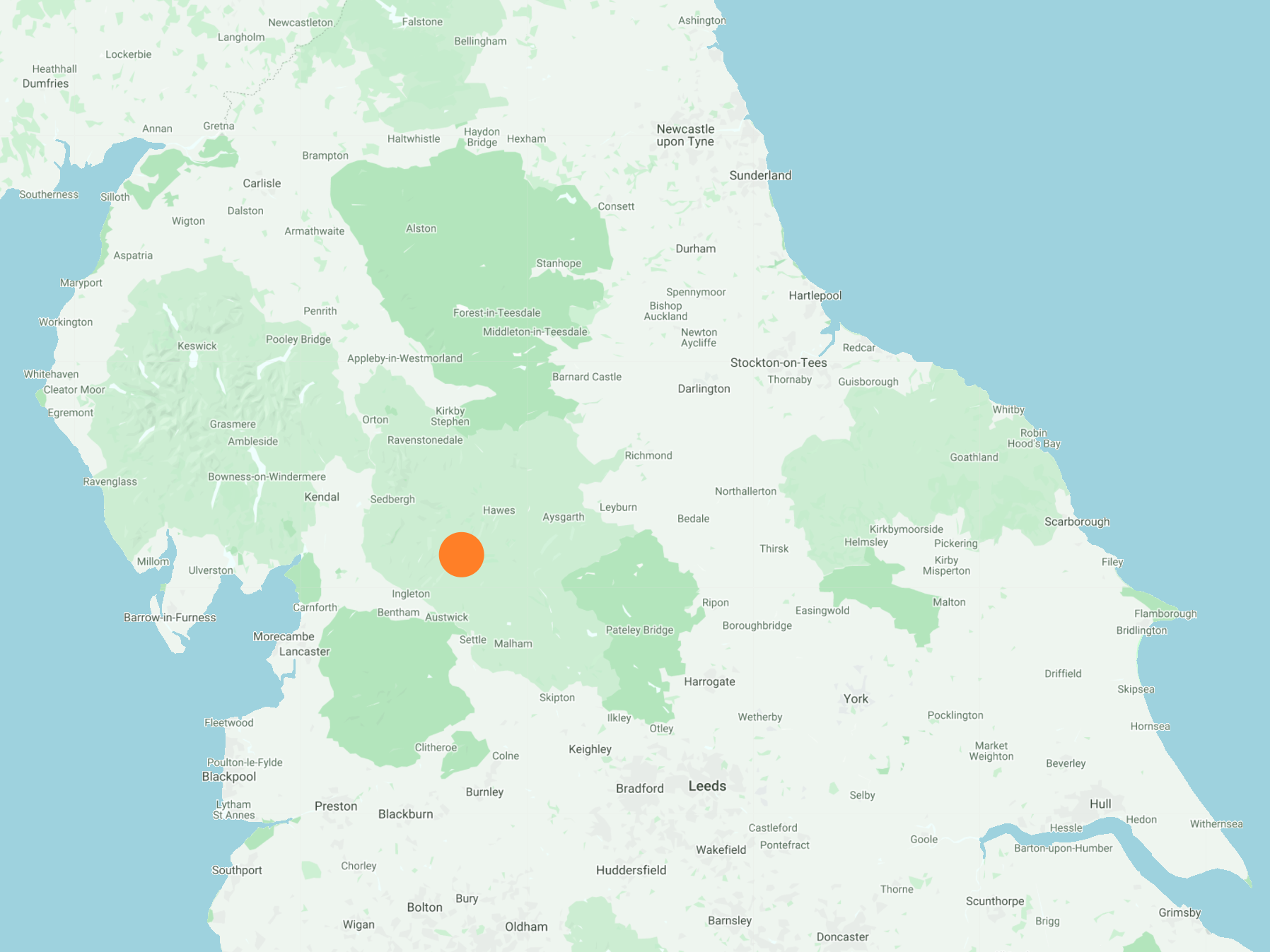
Recommended Ordnance Survey Map
The best map to use on this walk is the Ordnance Survey map of the Yorkshire Dales Southern & Western Area, reference OS Explorer OL2, scale 1:25,000. It clearly displays footpaths, rights of way, open access land and vegetation on the ground, making it ideal for walking, running and hiking. The map can be purchased from Amazon in either a standard, paper version or a weatherproof, laminated version, as shown below.
Standard Version
Ribblehead Viaduct, with Whernside in the background.
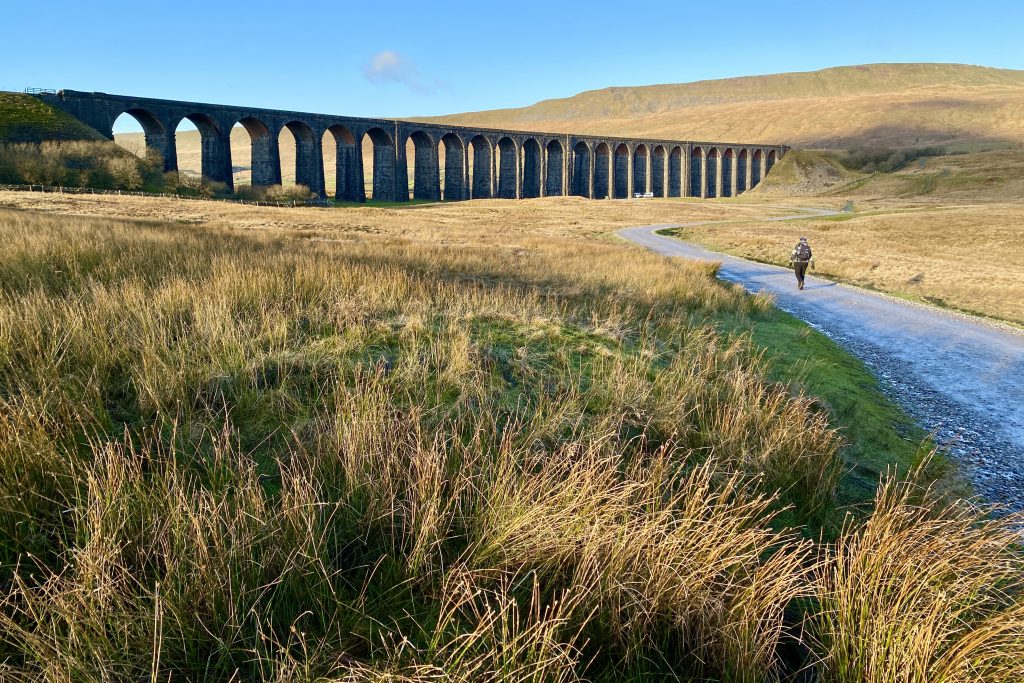
Blea Moor railway signal box.
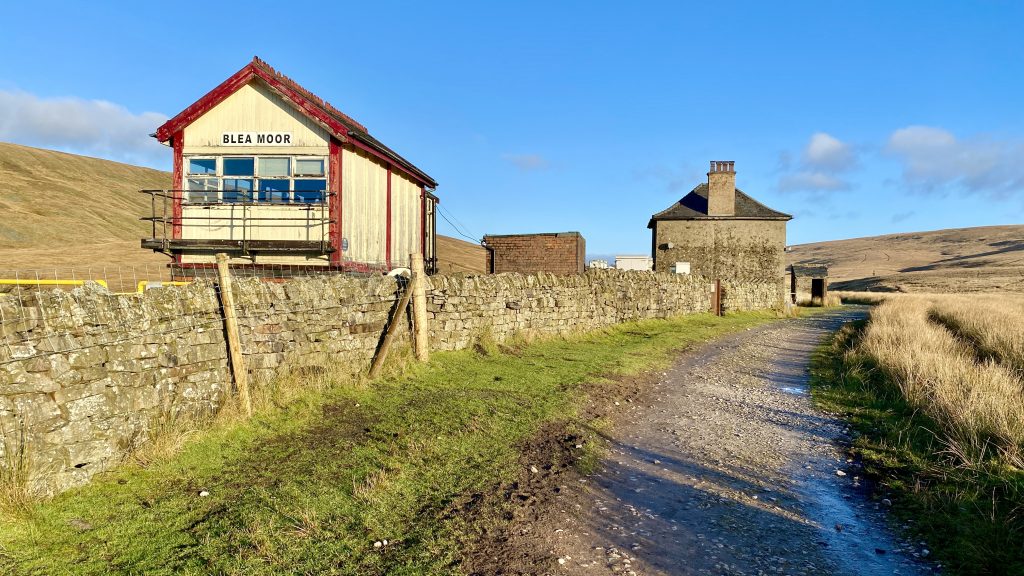
Aquaduct in Little Dale, carrying water from Force Gill over the Settle to Carlisle railway line.
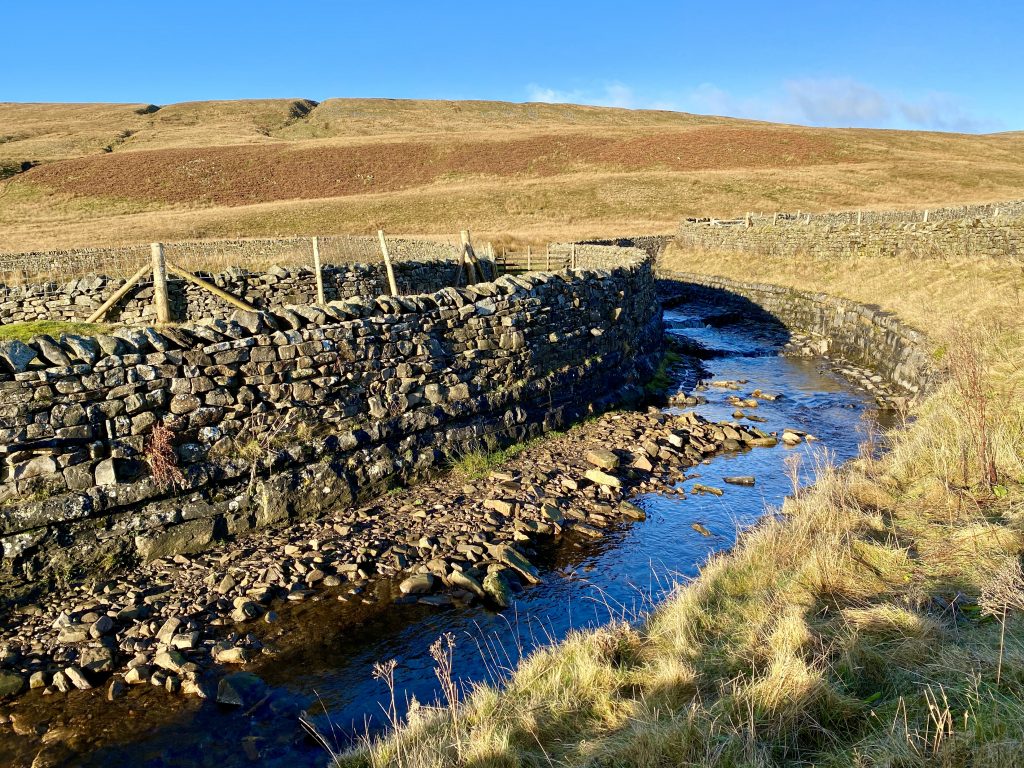
Looking south from the aqueduct. The railway track lines up with the silhouette of Ingleborough in the distance.
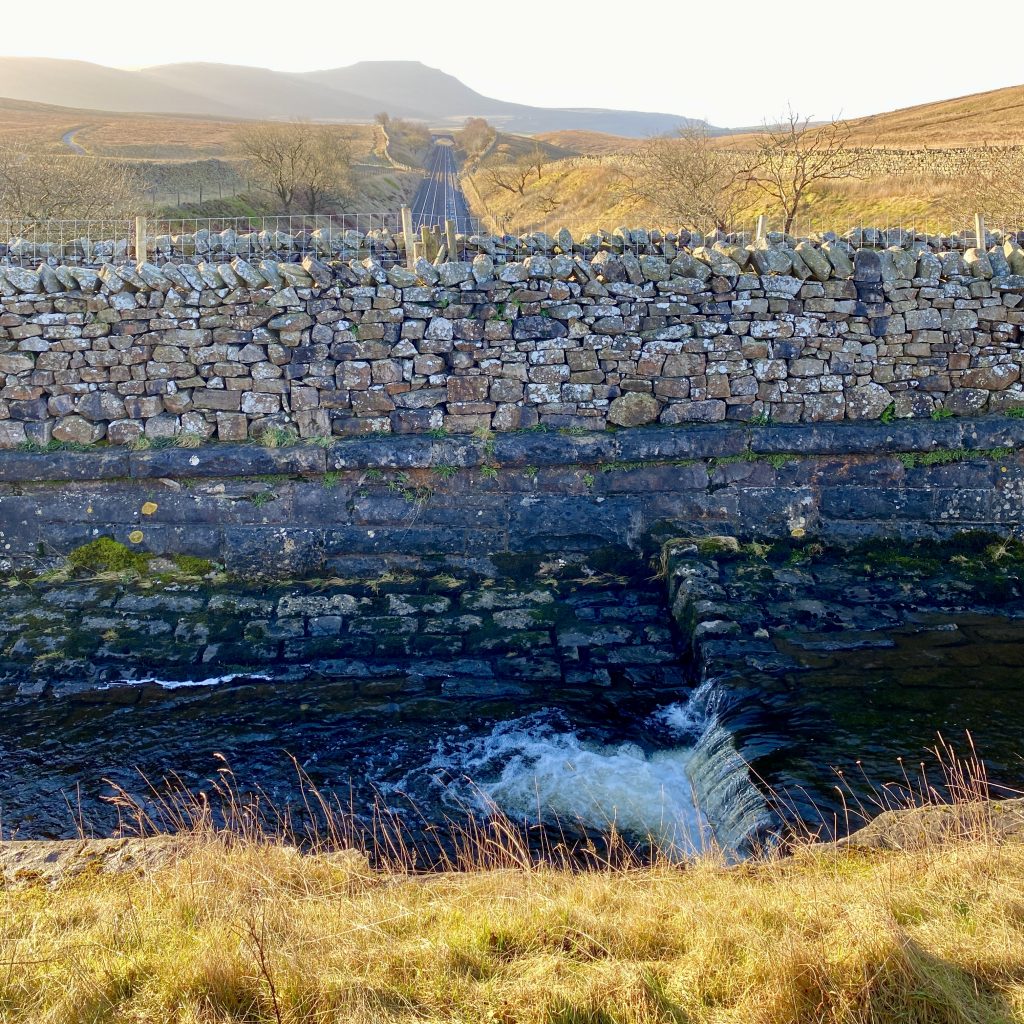
Waterfall created by Force Gill to the west of Slack Hill.
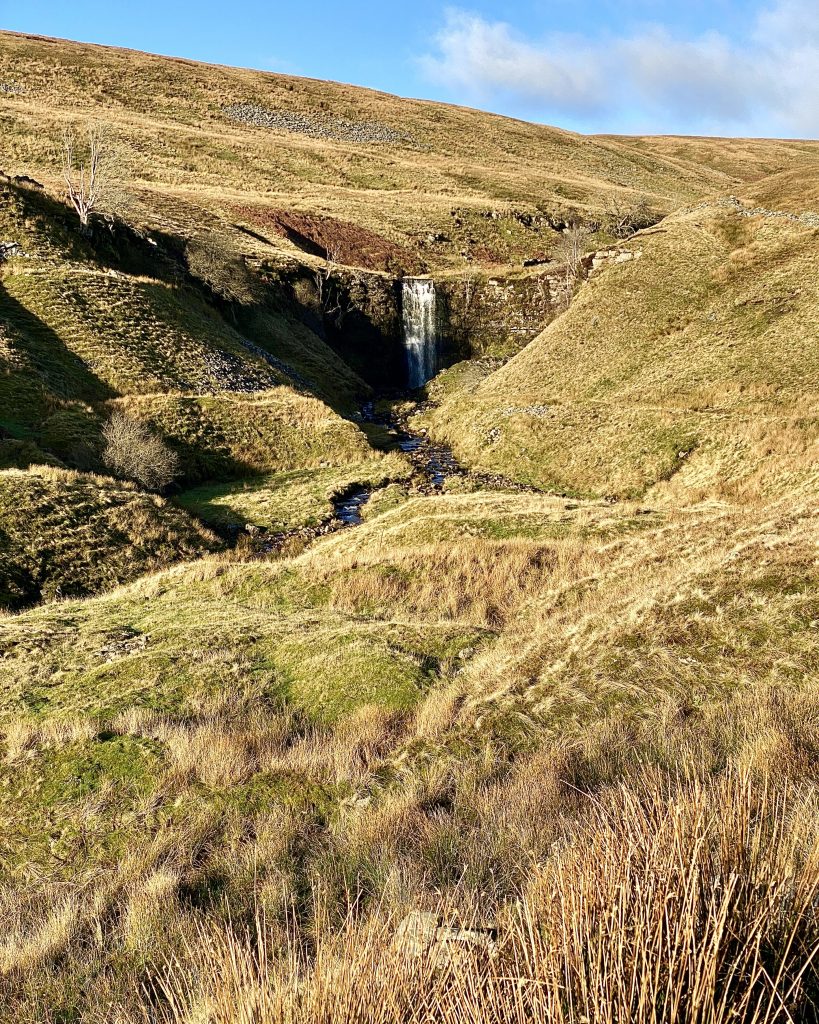
At Grain Head there is a more direct path up to the top of Whernside. This would be the route taken by walkers attempting the Yorkshire Three Peaks Challenge. Today we are continuing north-west along the Craven Way to meet A Pennine Journey at Boot of the Wold.
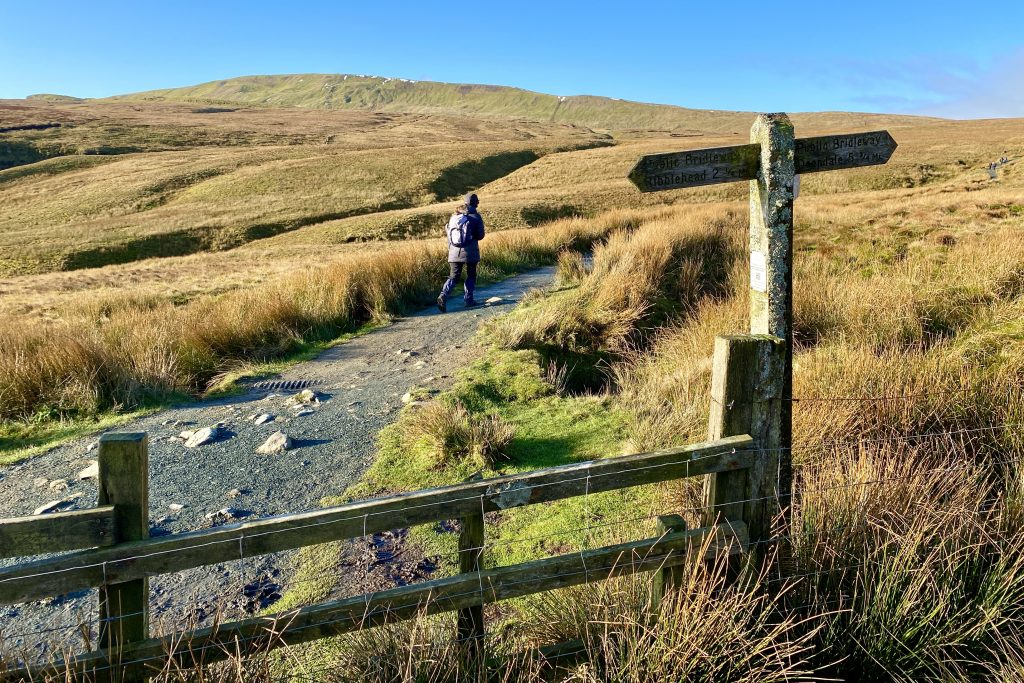
Ruined farm building by the side of the Craven Way (Track) near Duncan Sike Foot.
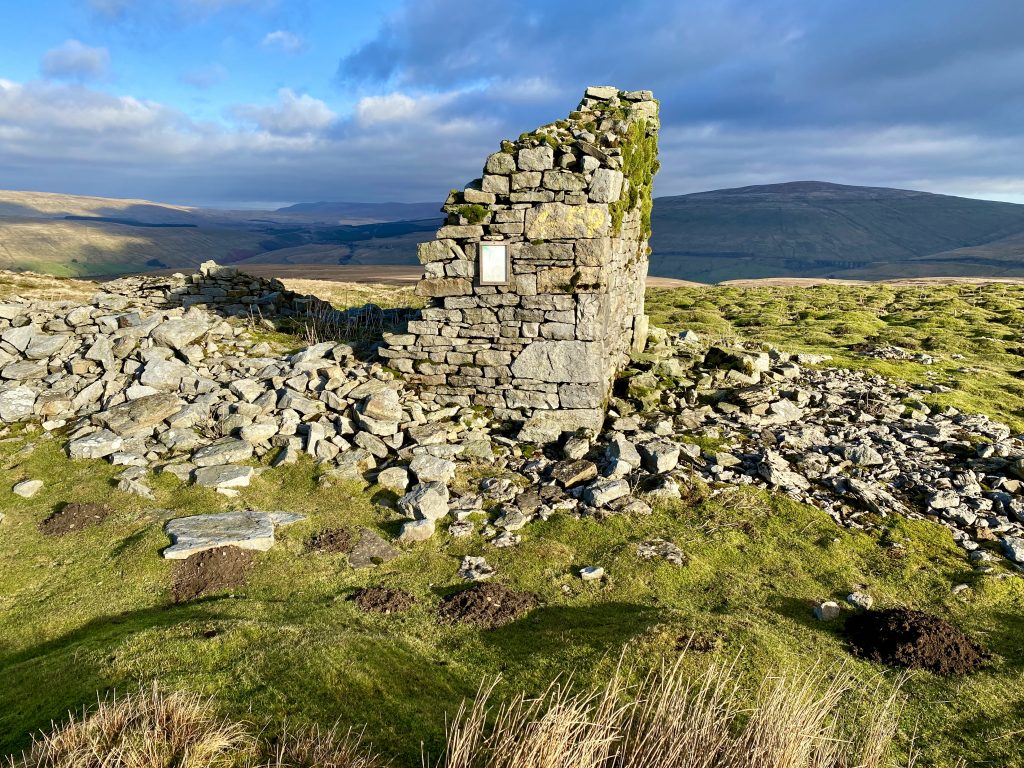
Limestone pavement near Boot of the Wold, with Great Knoutberry Hill in the background. Arten Gill Viaduct, which crosses Arten Gill between Great Knoutberry Hill and Wold Fell, is just visible near the top right of the picture.
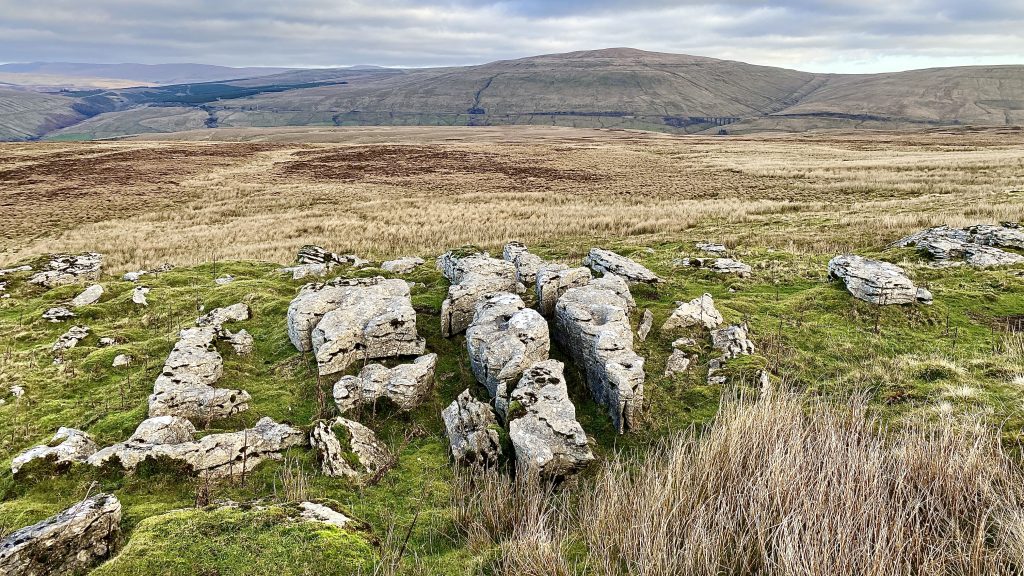
The view north from Boot of the Wold towards Rise Hill and Baugh Fell.

Whernside Tarns on the northern flanks of Knoutberry Hill.
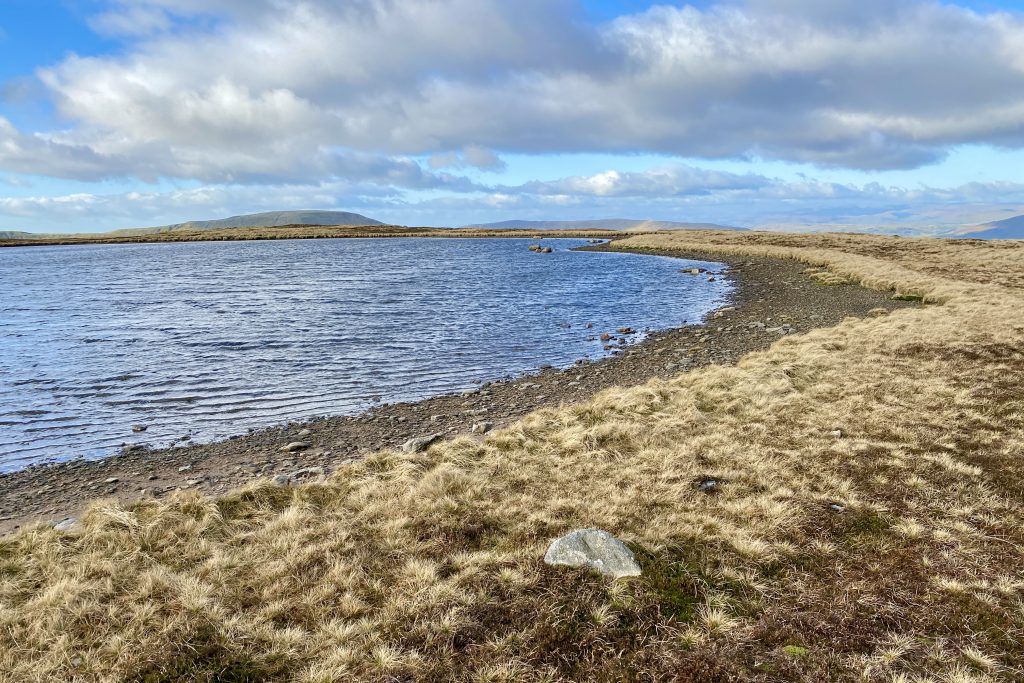
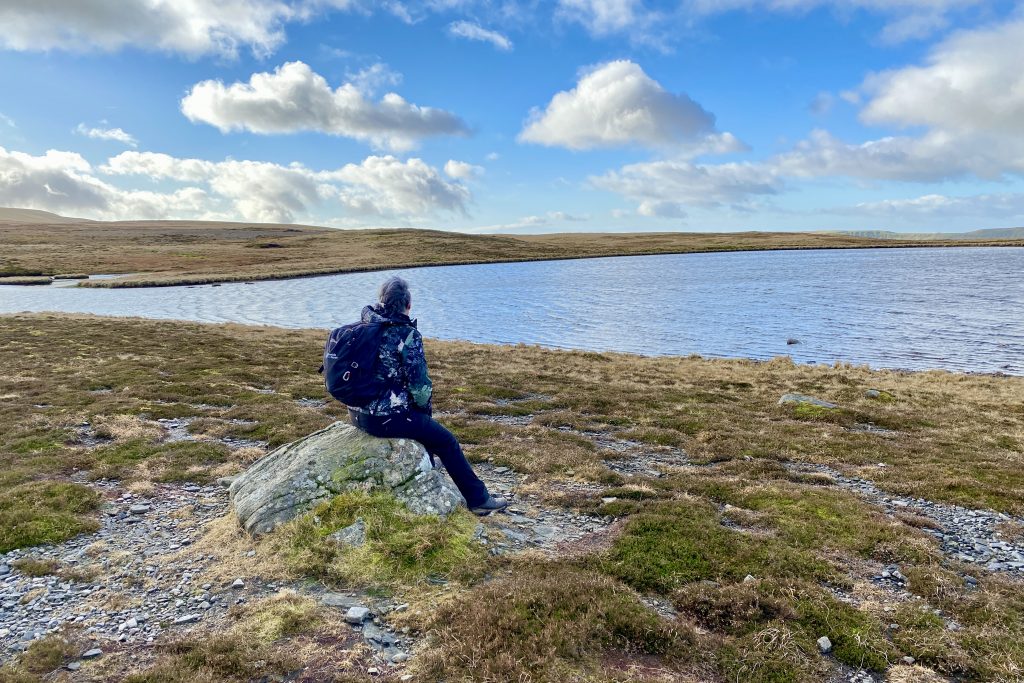

Unnamed tarn beneath the steep east-facing slopes of Whernside.
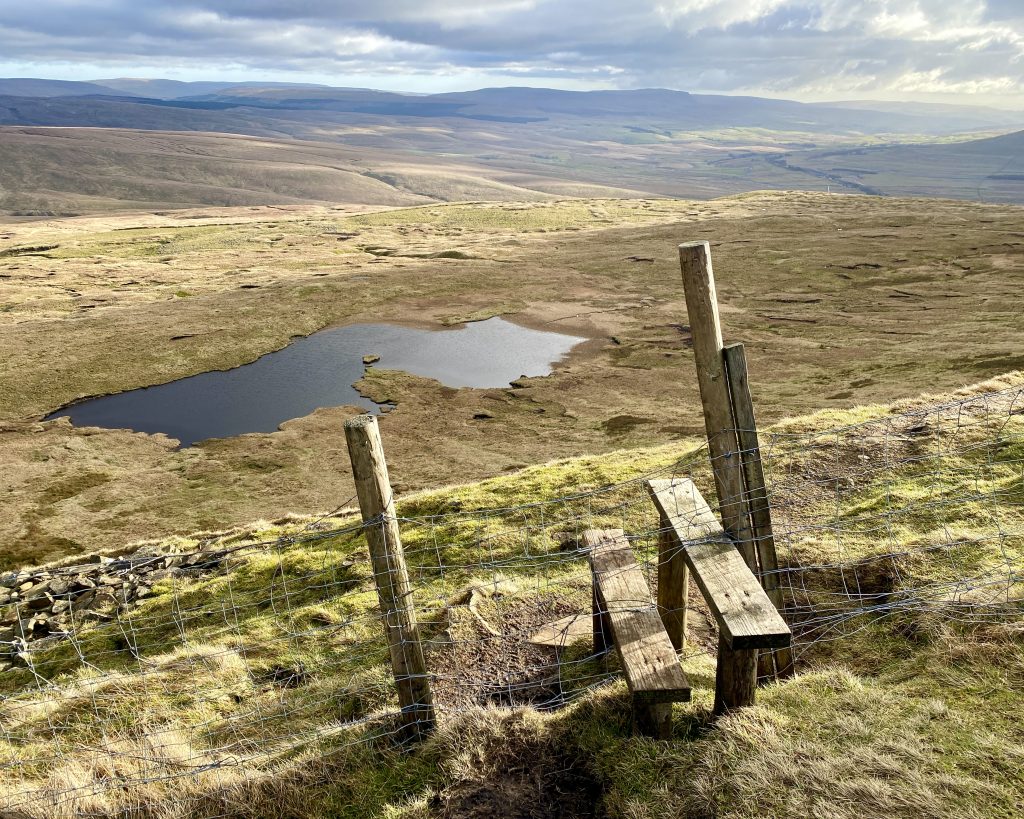
Looking back to Whernside Tarns as we climb the steps up to the top of the mountain. The Howgill Fells can now be seen to the west of Baugh Fell (horizon, left of picture).
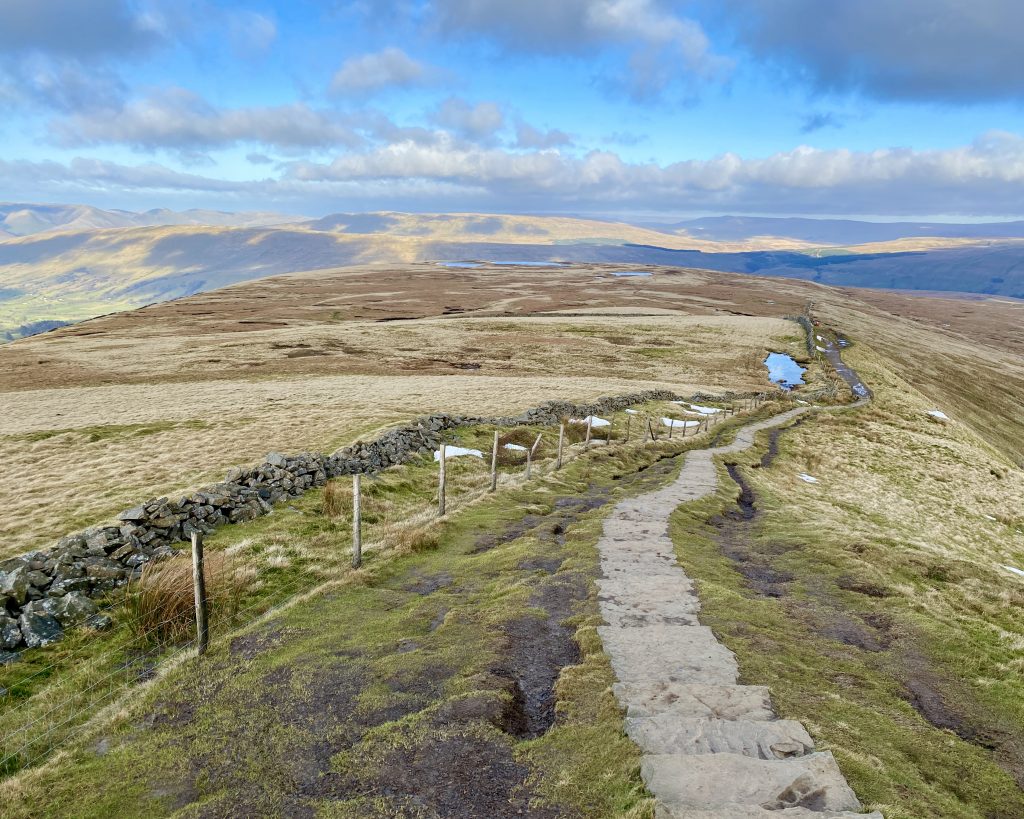
Triangulation pillar on Whernside summit, height 736 metres (2415 feet).
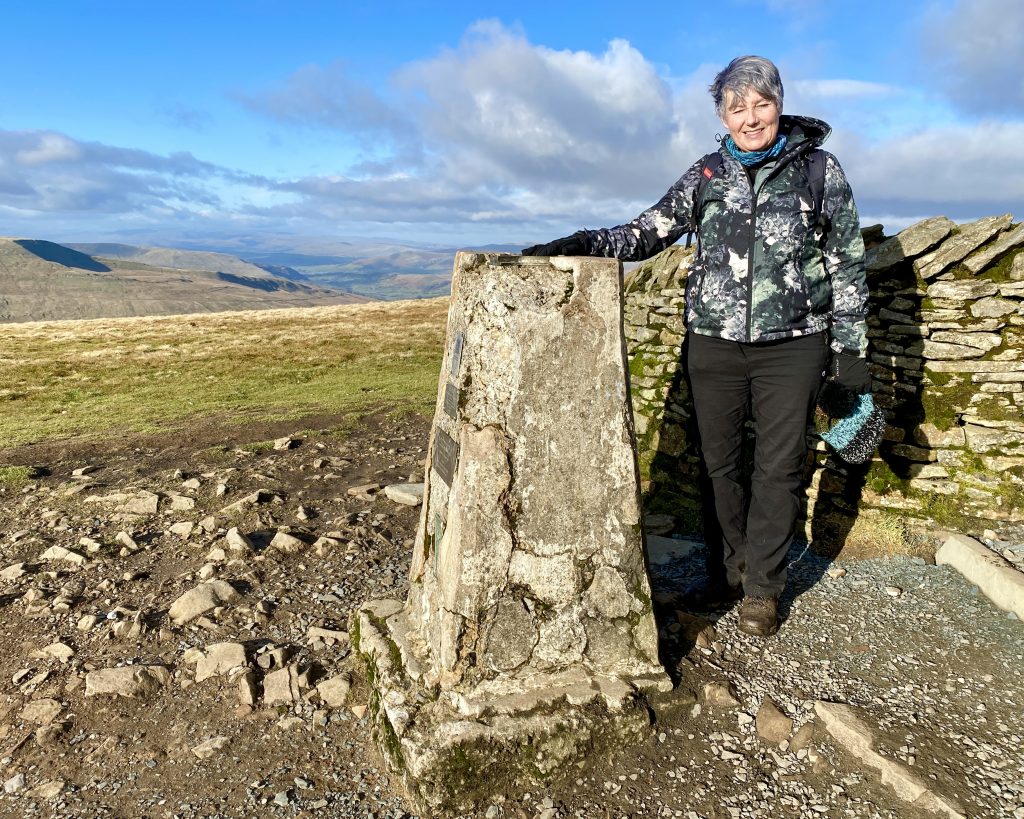
In the Yorkshire Dales, there are just seven mountains which are higher than 700 metres:
1️⃣ Whernside, 736 metres (2415 feet).
2️⃣ Ingleborough, 724 metres (2375 feet).
3️⃣ Great Shunner Fell, 716 metres (2349 feet).
4️⃣ High Seat, 709 metres (2326 feet).
5️⃣ Wild Boar Fell, 708 metres (2323 feet).
6️⃣ Great Whernside, 704 metres (2310 feet).
7️⃣ Buckden Pike, 702 metres (2303 feet).
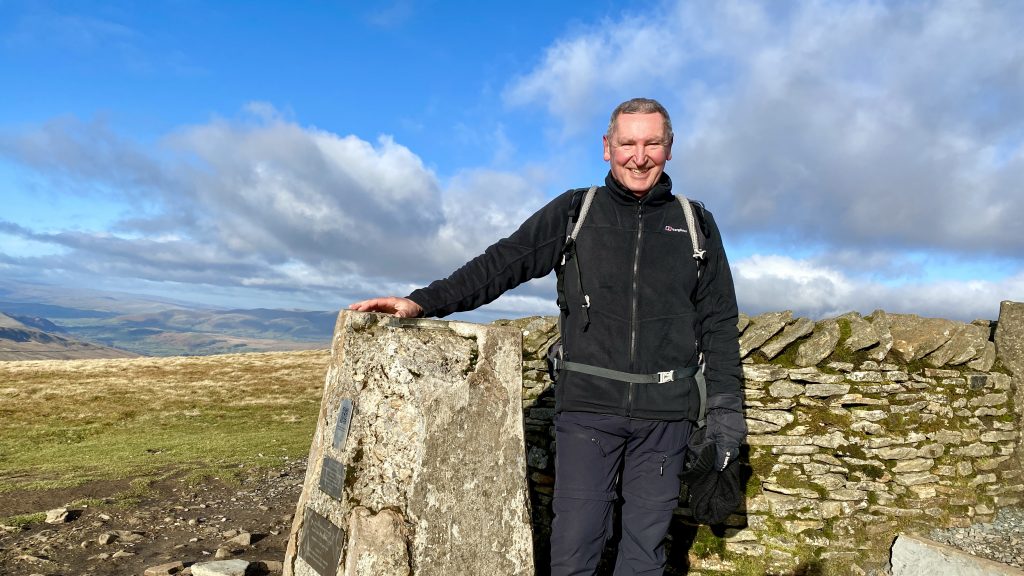
The descent of Whernside, with spectacular views across the valley floor and over to Ingleborough. It’s distinctive shape can be seen from as far away as the Lake District.
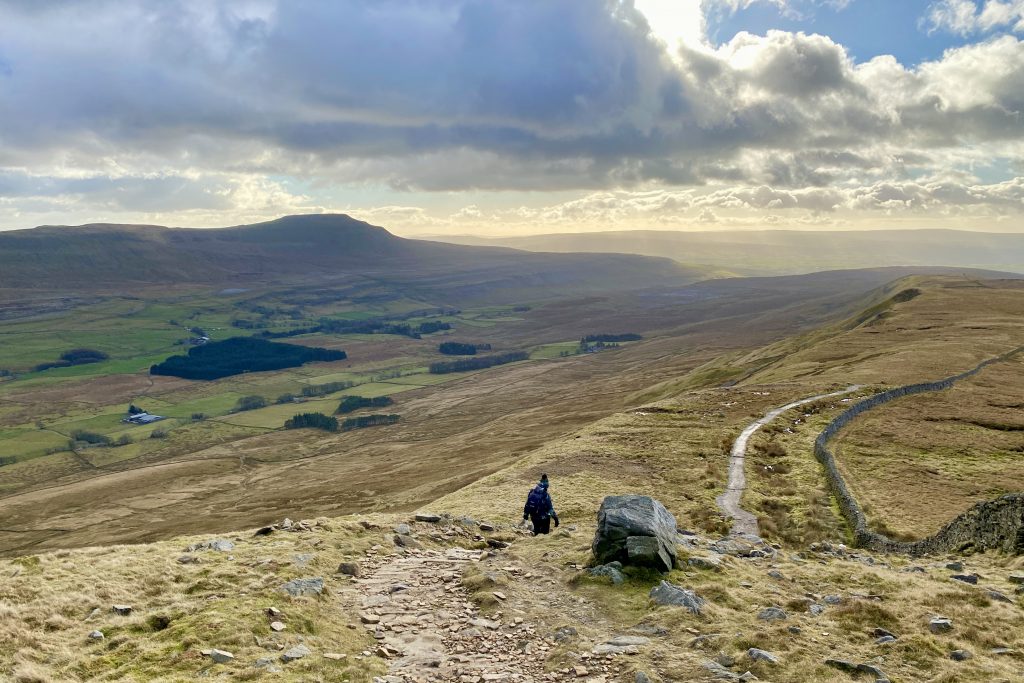
The severely eroded footpath that challenged weary Yorkshire Three Peaks walkers on the route from the summit of Whernside to Bruntscar was repaired in 2019.
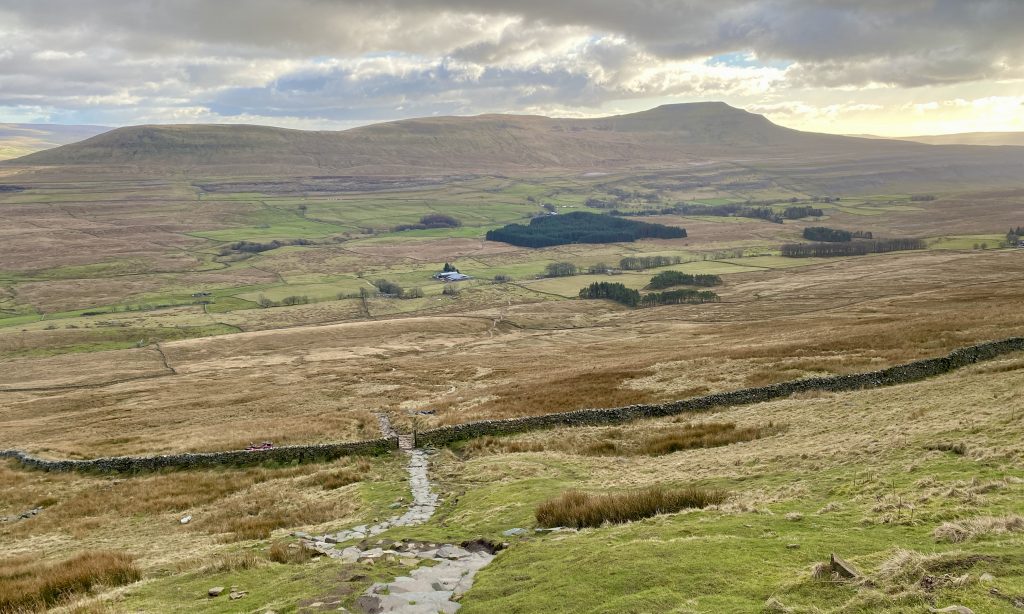
Locally-quarried stone was used to mend the path at a cost of £46,000, raised in donations by individuals and businesses.

Ribblehead Viaduct as seen from the path between Broadrake and Ivescar.
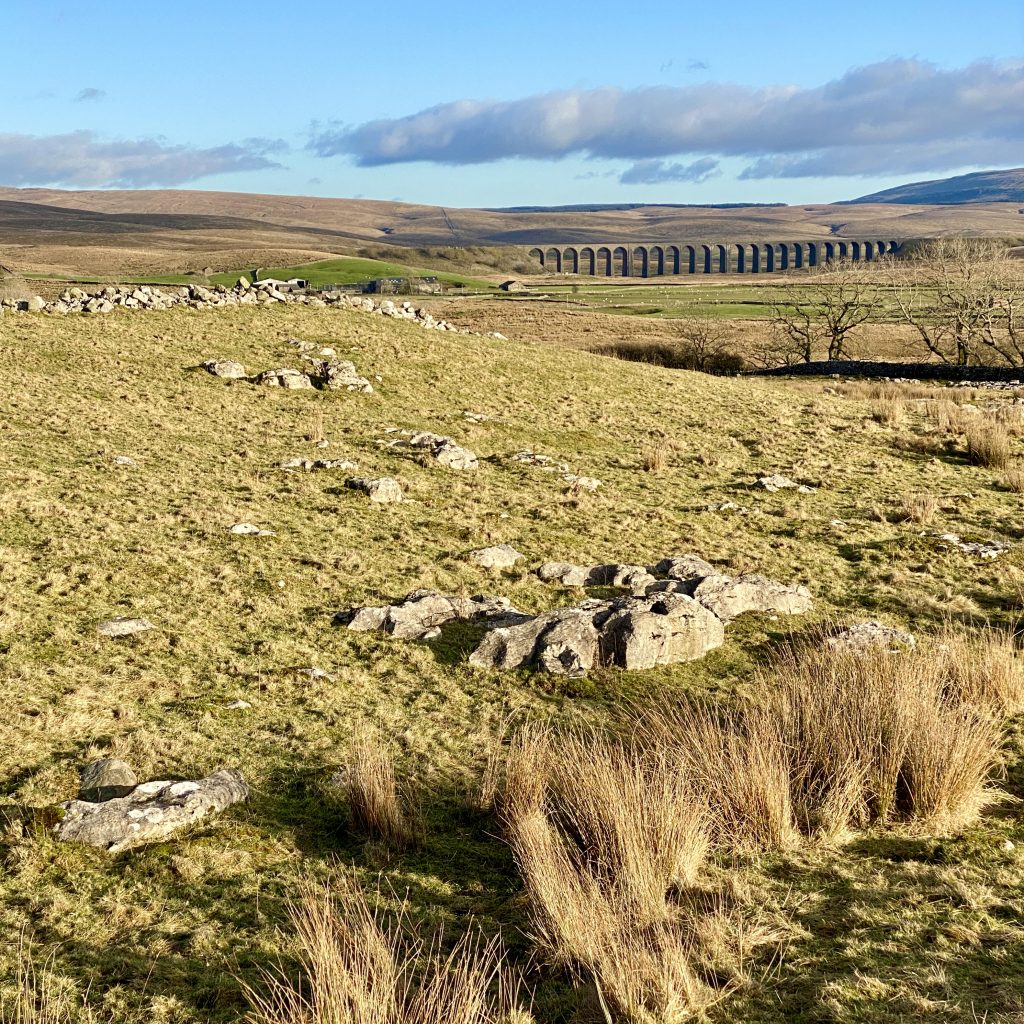
Looking north-west up to Whernside from The Scar.
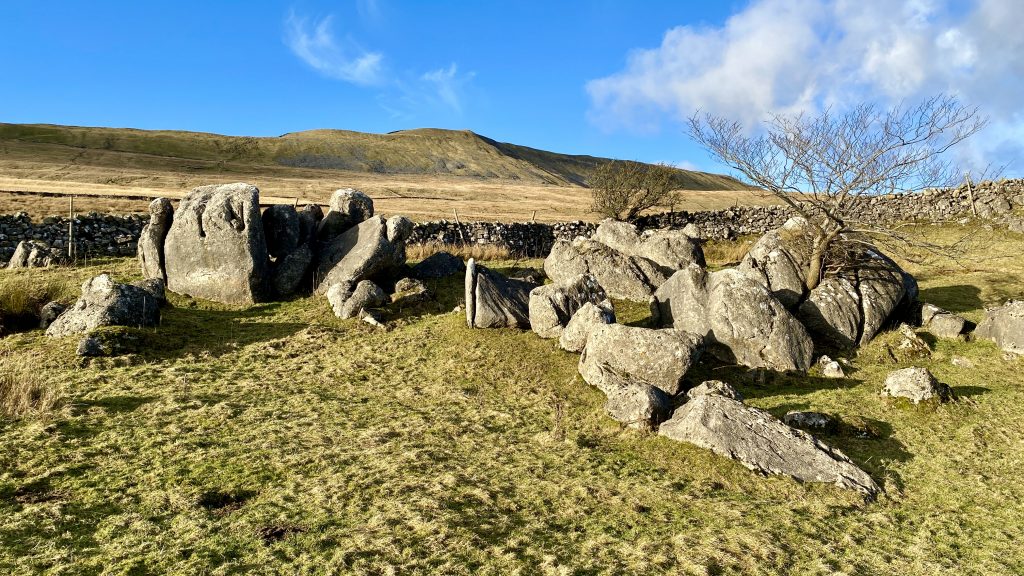
The old wind-swept trees and rocky limestone outcrops look fantastic.
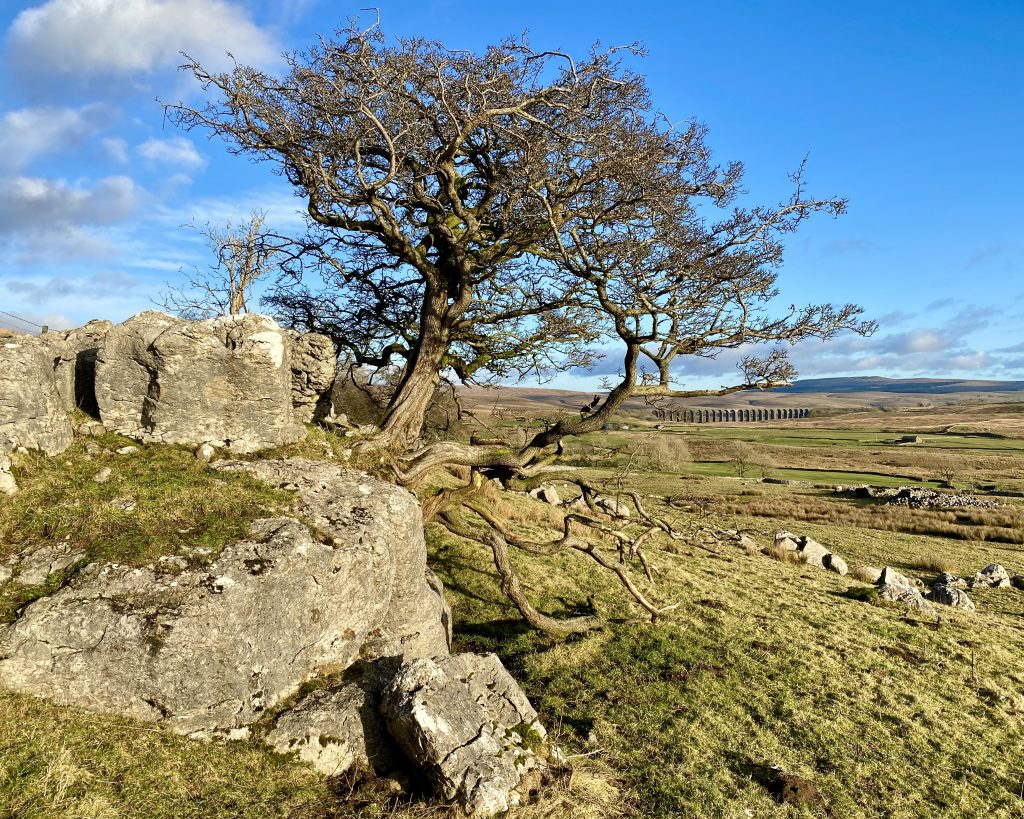
Approaching the viaduct from Gunnerfleet Farm
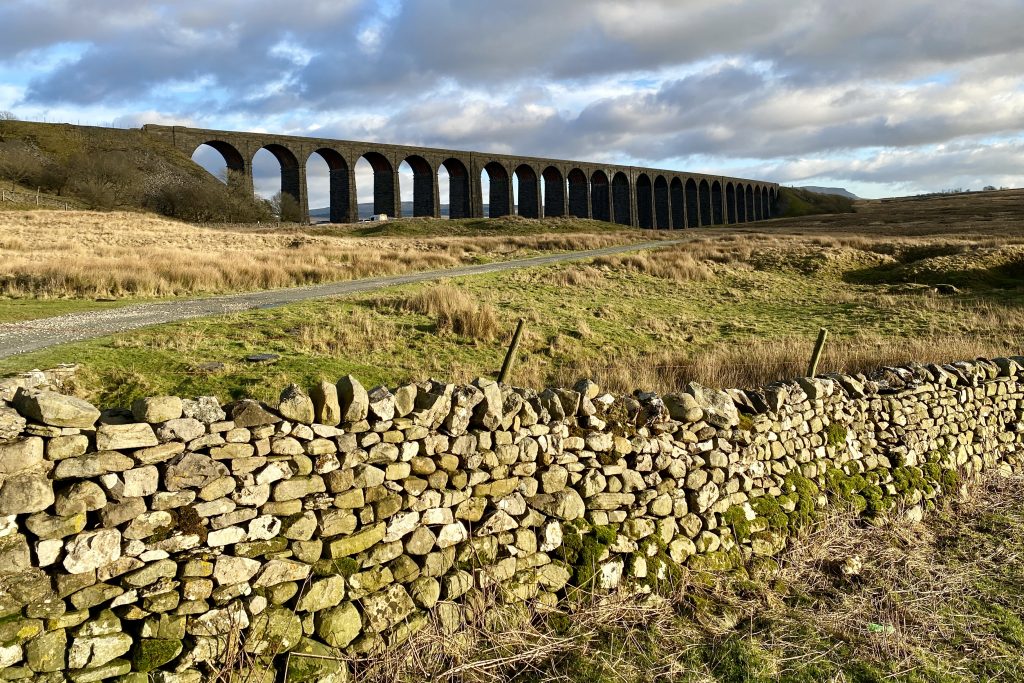
One of the 24 huge viaduct arches.
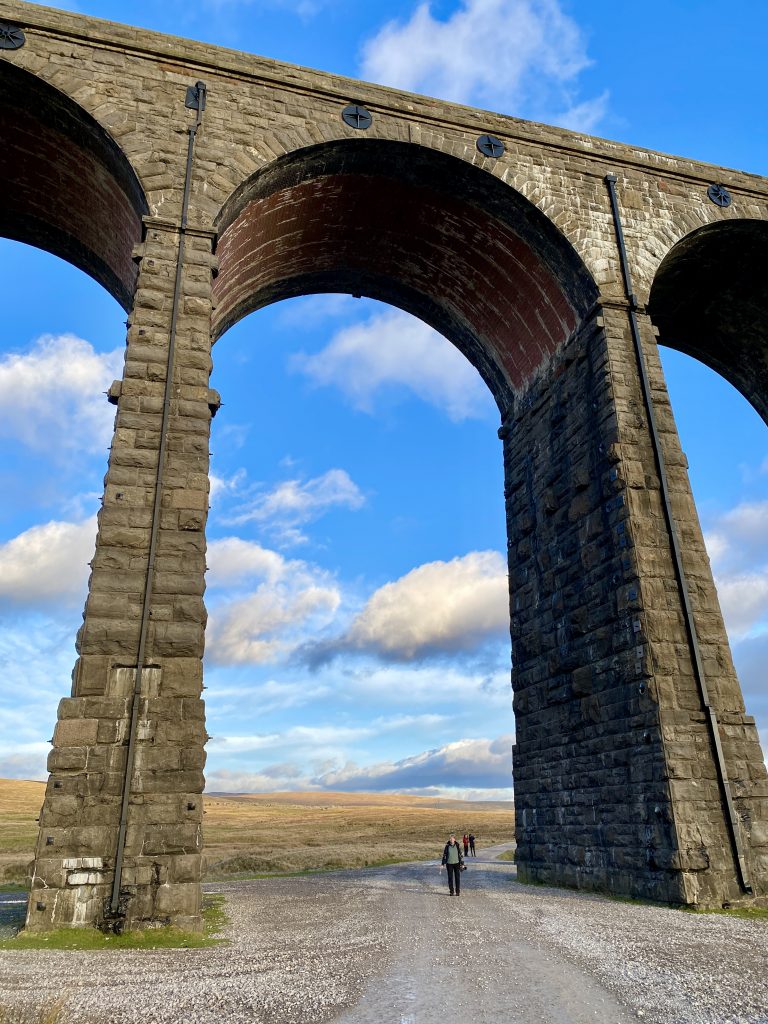
A silver plaque is attached to one side of the stone statue near the foot of the viaduct. The engraving depicts a 19th-century navvy shaking hands with a 20th-century engineer.
Construction of the viaduct began in late 1869 and needed a workforce of around 2300 men – mostly navvies who lived in shanty towns set up near its base. By the end of 1874 the last stone of the structure had been laid and the process had claimed the lives of over 100 men.
In November 1988 Ribblehead Viaduct was Grade 2 listed and the surrounding land where the remains of its construction camps are located has been recognised as a scheduled monument. Between 1990 and 1992 the viaduct underwent major restoration.
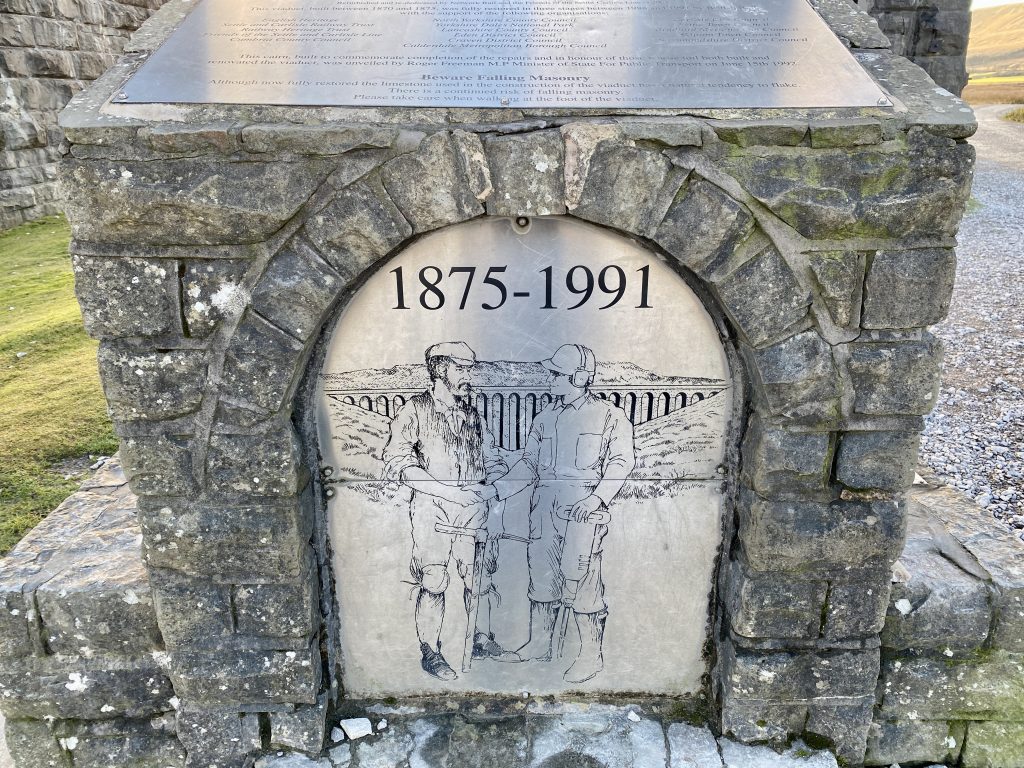
The magnificent Ribblehead Viaduct. A truly amazing feat of Victorian engineering.
